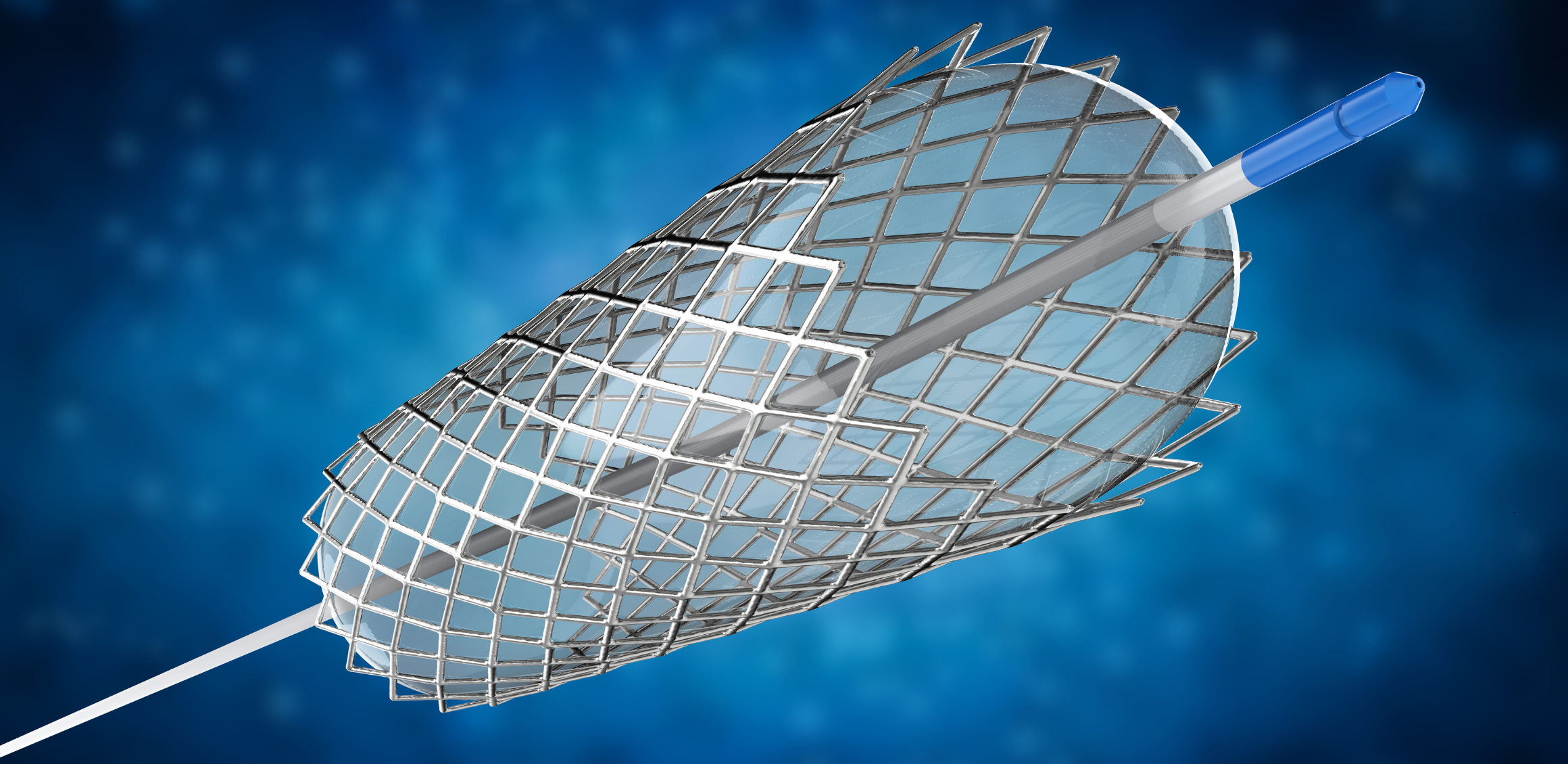- TAVI
- Tri-Klip
- Complex Coronary Interventions
- CTO Treatment (Chronic Total Occlusion)
- Balon Mitral Valvuloplasti
- Pulmonary Balloon Valvuloplasty
- Septal Ablation
- ASD (Atrial Septal Defect)
- Coronary Arteriovenous Fistula Closure
- Paravalvular Leak Closure
- Ablation Methods for Tachycardias
- Supraventricular Tachycardias
- Atrial Fibrillation
- Epikardial Ablation
- Stereotactic Radiosurgery
- Lead Extraction
- Device Implantations
- Pacemaker / ICD
- CRT / CRT-D Implantation
- Wireless Pacemakers
- Renal Denervation
- Non-Surgical Treatment of Aortic Aneurysms and Ballooning
- Cardioneural Modulation

Non-Surgical Treatment of Aortic Aneurysms and Ballooning
Aortic aneurysms and ballooning (aneurysms) are serious medical conditions resulting from the weakening and enlargement of the aortic wall.
Non-Surgical Treatment of Aortic Aneurysms and Ballooning
Aortic aneurysms and ballooning (aneurysms) are serious medical conditions resulting from the weakening and enlargement of the aortic wall. These conditions can increase the risk of aortic wall rupture or bursting. As an alternative to traditional surgical treatment, non-surgical treatment options are increasingly preferred. Among these treatment methods are endovascular aneurysm repair (EVAR) and thoracoabdominal aortic aneurysm repair (TEVAR).
Endovascular Aneurysm Repair (EVAR) Function EVAR is utilized in the treatment of abdominal aortic aneurysms (AAA). In this procedure, the aortic wall is reinforced and the expansion of the aneurysm is prevented by inserting a stent-graft inside the aortic aneurysm. Procedure Preparation: The patient is prepared, typically under general or local anesthesia. Catheter Placement: A catheter is inserted through the femoral artery (groin area). Stent-Graft Placement: Through the catheter, a stent-graft is guided into the aneurysm area and positioned within the aneurysm. The stent-graft supports the weakened section of the aorta.
Completion: The catheter is removed, and the procedure is completed. Advantages Minimal Invasive: Shorter recovery time as it does not require large surgical incisions. Fewer Complications: Lower surgical risks and complications.
Shorter Recovery Time: Patients typically recover faster and are discharged from the hospital sooner.
Thoracoabdominal Aortic Aneurysm Repair (TEVAR) Function TEVAR is used in the treatment of thoracic (chest area) aortic aneurysms. In this procedure, a stent-graft is also used to prevent the expansion of the aneurysm and support the aortic wall. Procedure Preparation: The patient is prepared, usually under general or local anesthesia. Catheter Placement: A catheter is inserted through the femoral artery or sometimes the subclavian artery (below the collarbone). Stent-Graft Placement: Through the catheter, a stent-graft is guided into the aneurysm area and positioned within the aneurysm. Completion: The catheter is removed, and the procedure is completed. Advantages Minimal Invasive: Shorter recovery time as it does not require large surgical incisions. Fewer Complications: Lower surgical risks and complications. Shorter Recovery Time: Patients typically recover faster and are discharged from the hospital sooner.
Risks and Complications Endoleak: Situation where the stent-graft does not completely block the blood flow within the aneurysm. Stent-Graft Migration: Movement of the stent-graft from its original position. Infection: Risk of infection after the procedure. Allergic Reaction: Risk of allergic reaction to the materials used.
Suitable Patients High Surgical Risk Patients: Elderly patients or those with additional health issues who are at high risk for open surgery. Aneurysm Location and Size: EVAR and TEVAR are chosen based on the size and location of the aneurysm.
Conclusion EVAR and TEVAR are effective and minimally invasive methods in the treatment of aortic aneurysms. These procedures shorten the recovery process for patients and reduce the risks of surgical complications. These advanced technologies in modern medicine represent significant progress in the management of aortic aneurysms, offering safe and effective treatment options for many patients.
